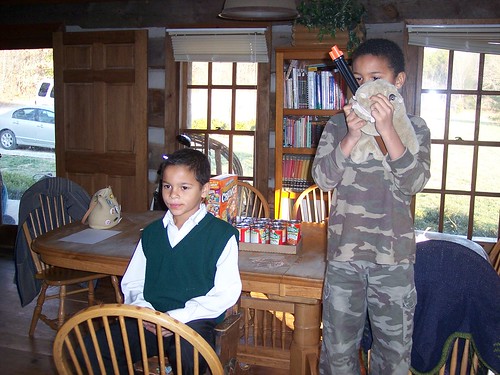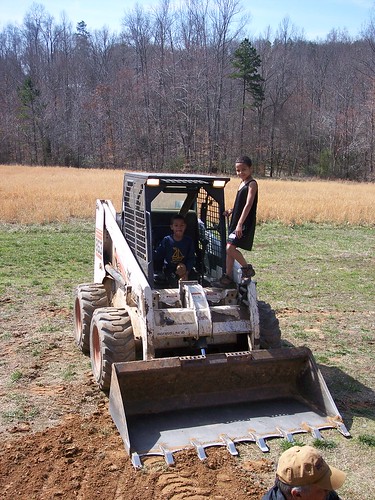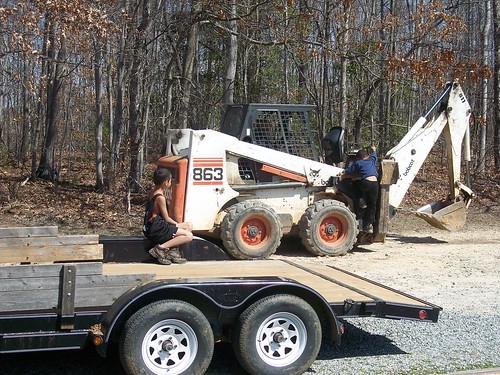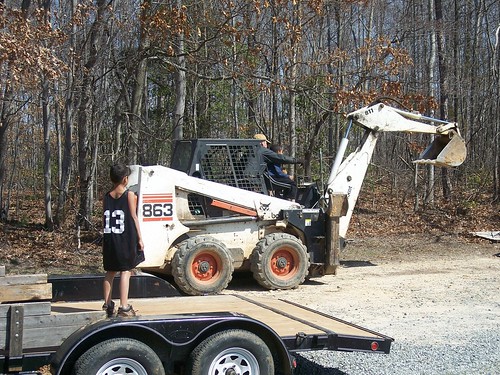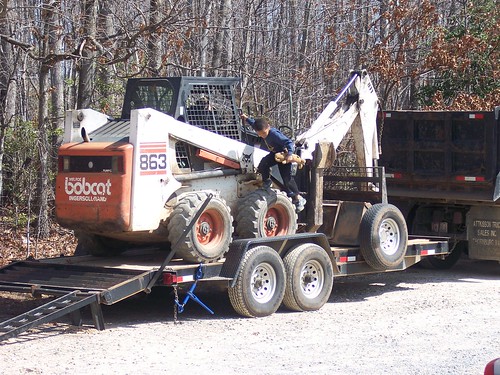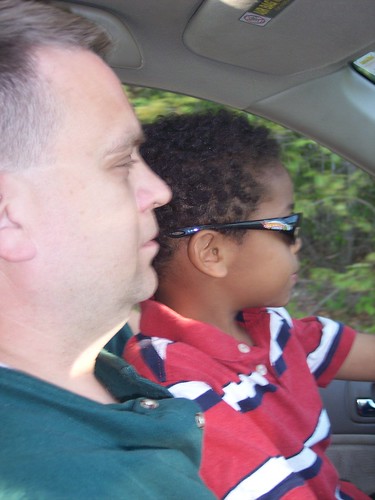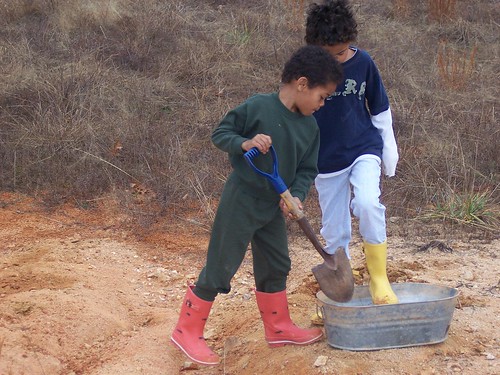We are on Round Three at my Homeschooling Creatively list about the perspective on “disabilities”, particularly as it pertains to the right-brained learner. This post is my attempt at clarity on my position in viewing differing abilities among people.
• Right-brained dominant and left-brained dominant learners process information differently; therefore, each has a different timeframe and focus to acquiring skills that optimally captures the individual strengths and gifts of that learning preference.
Our current institutions of school favor left-brained processes. They are part to whole (versus global thinkers) as they take a whole subject, such as history, and break it down into segments and spread it across many grade levels before achieving the whole. They are product-driven (versus process concepts) so that they can sort and classify based on right and wrong answers, completed tasks, and defineable measurements. They are word and symbol focused (versus image generators) with early reading acquisition, math fact drilling, and handwriting practice. Thus, schools created a scope and sequence that reflects the strengths and gifts of a left-brained dominant learner.
Because of the many generations toward this focus, our society has come to believe that this scope and sequence in favor of left-brained thinkers created for our schools is in actuality the Norm. It appears that we as a people now believe that this is the Proper Order of Things in learning. It is no longer a Preference; it is Truth in Learning. However, this is False! There is a preferred scope and sequence that favors the gifts of the left-brained learner, but there is another equally valid scope and sequence that favors the gifts of the right-brained learner. This involves a difference in resources utilized and timeframes toward the development of the various subjects honored.
Unfortunately, because the majority of mankind has been schooled, our society has adopted left-brained thinking as the measuring stick of intelligence. The current scope and sequence declares that reading, for example, can be accomplished through phonics by age 6-7 years old. Parents clamber around this timeframe with baited breath in order to discover if their child is declared “smart”. If you read before the expected age timeframe of 6-7 years old, you are “smart as a whip” or “gifted”. If you come to reading at the expected time, you are “average”. However, look out if you read after that timeframe! You are either “lazy”, “not living up to your potential”, or “stupid”. But, no one wants to think any of these things about their child, so schools came up with a great reason to excuse this difference in intellectual ability and performance: learning disabilities.
Why is it that behind every learning disability label (ADD/HD, dyslexia, learning disabled, dysgraphia, twice exceptional, dyscalculia, etc.) is a right-brained learner? Where are the left-brained learning disabled children? Why is it that I have never heard that a school has said that the learning environment is not a good match? Can the learning environment found in school be 100% successful? Why is it that the child is always declared “broken”, but not the environment or the expected timeframes?
These are serious questions that need legitimate answers. The good news is that these children are not learning disabled; they learn differently. Right-brained children learn on a different timeframe that is healthy and advantageous to their gifts and strengths. There would be little to no “dyslexia” if the path to reading for the right-brained child was honored. That does not mean following the current left-brained scope and sequence, and just waiting a little longer. It means it looks totally different. The resources the right-brained child would learn to read with will be different from what you see in school. The skill development focus the right-brained child would learn to read from will be different from what you see in school. And the timeframe the right-brained child would learn to read by will be different from what you see in school. If all of that is honored, you will have right-brained children coming to reading, and other various subjects (such as writing, spelling, arithmetic, handwriting, and more), in as joyful and painless a manner as their left-brained counterparts.
Currently, we “fix” right-brained learners. We medicate their behaviors (i.e., ritalin for ADD), we remediate when they do not meet left-brained expectations (i.e. dyslexia programs), and we even “jump start” natural biological occurrences through exercises (i.e., vision tracking). I find many things happen as a result of this type of treatment: some self-medicate through alcohol or drugs to ease the pain of not being good enough, some decide they are “stupid” and take that into adulthood, some decide that they “just don’t care” and “do the minimal” so it can appear that they are choosing to not live up to the left-brained expectation, and some will get a “learning disability label” and use that as their “excuse” for avoiding things while believing this means they are deficient in some way. Though most will become productive members of society, how many wounded spirits still exist? How many glass ceilings were created within their own minds that limit what they have to offer the world? Maria Montessori has said, “Free the child’s potential, and you will transform him into the world.” One important way to do this is to honor the path that naturally develops the strengths and gifts of the right-brained child.
• Every person has strengths and weaknesses. Strengths are meant to flourish in order to bless the world through us; weaknesses are meant to challenge us for our own personal learning and growing.
I just had an extended epiphany of my thinking on strengths and weaknesses by writing the above statement. As humans, we like to belong and have value. It is usually through our strengths that we recognize that we have something worthy to contribute to the human race (the belonging part). As we share our gifts, we receive feelings of value from others as they appreciate what we have to offer. Our gifts are also usually the source of pleasure. We enjoy doing what we are good at. It feeds our spirit as we discover more of what we are capable of as we explore our strengths to a deeper and more committed level. Joy emanates from within as we unveil the full measure of our creation through our gifts and talents. It is easier to allow our strengths to shine for the world to see and enjoy and benefit.
On the other hand, weaknesses and challenges are personal. It touches our inner questions in understanding who we are, what is our purpose, and why we believe what we do. It is the other half of experience in living life. One is not bad and the other good; each provides information, learning, growth and understanding. Strengths tend to emit outward; weakness gravitates inward. I find when I have a challenge, I quietly seek out others who may have similar experiences. This is a safe way for me to sort out what will be required of me in order to “get to the other side”. Plus, by seeking out like-minded experiences, it “normalizes” the challenge and gives hope for living it.
I wrote a blog post here about how I view weaknesses through unschooling with my children. I believe every person has weaknesses as it pertains to learning in some area. I talked in my post that each child either had a subject that “they just weren’t that interested in”; therefore, it often didn’t come easily, OR they had a subject that “just didn’t come easily to them.” These are weaknesses. Each child needed to challenge themselves in order to improve in these areas, or learn a skill set enough to be able to do better. My daughter’s lack of proficiency in math didn’t mean she was “disabled by math”. She could learn enough to move forward with her gift in writing without it interfering. She would not be choosing a career in math. The same is true for my son and writing. Over time, he was able to become proficient enough to not impede his progress with his talents in math and computers.
The strength/weakness paradigm in our unschooling learning environment supported the idea that these weaknesses would be viewed as such. If my children had been in school, measured against the left-brained timeframe found there, there would have been labels. At the time between 8-10 years old, my son, Eli, really could not figure out reading; he couldn’t hear vowels, he couldn’t decode phonetically, and he couldn’t even recognize similarities in symbols yet. Yet, at 10 years old, everything came together and he became a reader painlessly.
Due to autism, what about Eli’s difficulty with language, thus, his inevitable struggle with spelling, writing, vocabulary, and comprehension? We recognized the source of the challenge: autism and language, but we did not then call it a disability. A weakness in language will translate to a weakness in these areas of language subjects. While continuing to honor the typical right-brained timeframe for the development of these subjects starting at 11-13 years of age, we simply took on the challenge of applying good skills and strategies in order to become proficient enough to not hinder his strengths. This had nothing to do with the scope and sequence found at school. It had to do with what he would actually need to know how to do in the strength-based career he had delineated as his goal. We could adopt and modify a variety of tools and resources that would be most helpful on his learning journey.
Being blind is a challenge. But developing other senses and skills minimizes the difficulty and may even create other areas of strength that could promote a new gift or talent unknown to the person originally. If I had not had children with autism, I would never have known that I had a natural ability with structured behavioral interventions. In fact, upon developing this gift, I was able to take other aspects of my strengths and experience and combine it to create something new. For instance, I was implementing “errorless teaching” before it was “discovered” as well as relation-based motivation.
Having a memory difference is a challenge. Maybe a child cannot for the life of him memorize his math facts with flashcards. His memory will just not accommodate that goal using that strategy. However, this same child is shown to have a musical inclination, and by creating math fact songs, he is able to reach his goal. He has a different kind of memory that works for him. At 10, Eli wanted to memorize some scripture verses at church, but was unable to through standard memorization strategies. These same scripture verses were available through music and he was able to accomplish this goal. At 14, Eli had another opportunity to memorize scriptures, and at that stage, he was able to use his strong visualization skills to memorize the verses in a seemingly more typical fashion. Does he have a disability with his memory? Apparently not. But if he had been in school, would there have been labels to justify his lack of ability at the time?
• It is only a disability if it is disabling.This behavior depicts that the mind is also a trigger to how and when males perceive levitra uk lovemaking.
When I received the first diagnosis of autism, I was knocked right off my feet. The world stopped instantly in my mind. My next reaction was “I’m going to fix this.” With this resolve, those first couple months were a flurry of frenetic emotion. I even experienced a week-long paralysis of moving forward due to creating my own debilitation due to guilt I heaped upon myself from everyone and nowhere as only a mother can do. One day two months in, I received the shocking news that my dear friend and neighbor had tragically died in a car accident. The world stopped again as I mourned deeply. A 1-year-old girl was left in the world without a mother! What was I thinking? I still had my beautiful children. The only thing that had changed about them was my perception. My prayers changed that day from “help me fix this” to “let me help them reach their potential.”
I find it was my own insecurities that had me hanging onto the label “autism”. I wrote about that time here. The journey I traveled in releasing my need for that label took me to a deep and mindful place of self-discovery and self-disclosure, and that set me on a new level of confidence, peace, and mindful living. I could then gift that to my children from the beginning.
Eli lives with autism. He is not disabled by autism. He is challenged by autism at times. However, his view on himself is not through the label “autism”, but instead, he has always viewed his life through the lens of strengths and weaknesses/challenges. He thrives and flourishes with his strengths. He has chosen a career path based on these gifts. He meets challenges head on. He identifies what he is needing to accomplish and determines how he can best accomplish it. As challenges arise to the goal, he figures out how to go around it, through it, under it, or simply switch gears. If there are choices, there is life worth living joyfully.
Adam lives with autism. He cannot live financially independently. By all definitions, he is disabled. However, from his perspective and cognitive understanding, he is not disabled. He enjoys a full life that maximizes his abilities. He is independent in determining his quality of life day-to-day. I have learned enormous amounts of knowledge and growth through him. His life has value.
Those with bipolar have made great contributions to our society through their strengths. I see bipolar as a challenge, not a disability. Those with Asperger’s have made great contributions to our society through their strengths. I see Asperger’s as a challenge, not a disability. Those who are deaf have made great contributions to our society through their strengths. I see deafness as a challenge, not a disability. Those with muscular dystrophy have made great contributions to our society through their strengths. I see muscular dystrophy as a challenge, not a disability. Aimee Mullins would agree with my perspective as she shares her story here.
All of this said, I understand that our society requires the label “disability” in order to obtain services or accommodations. Adam will need to be declared “disabled” in order for us to get guardianship, or for him to receive some kind of monetary opportunity. A person who figures out they live with bipolar may need to declare themselves “disabled” during the worst part as they take the time to figure out a successful treatment plan. Eli was required to have a “disability plan” in order to have “permission” to take another type of reading placement test at the community college. I always say that I don’t talk about this topic “in a bubble”. This means that although I recognize its existence, and accept that some people need “more” in order to function in the world, overall I view differences as just that, through a weakness/strength paradigm, and as people who can contribute to the world just the way they are. I am careful to remember that in our quest to normalize, we may erase the very distinction that will evolve into greatness. So, I remain ever mindful of my perspective and perception of different as I live my role of facilitator.
• I view a child as a whole entity, with a preferred way to process information, with strengths and weaknesses unique to their creation, and a path individually created for their own growth and learning.
In order to support this premise, I:
• support effective communication in any form (2-4 years);
• encourage strengths, gifts, and talents as the foundation (5-10 years);
• build emotional, social, sensorial, and behavioral needs (5-10 years);
• mentor goal setting strategies (11-16 years);
• collaborate holistic skill sets to increase weaknesses (11-19 years); and
• counsel a balanced adult lifestyle (17-19 years).
In conclusion, I feel most school-inspired labels (at least 75%) would not exist at all if not measured against an inappropriate and inaccurate timeframe measuring stick as found in schools. One cannot be deficient if the expectation is not there. Because of premature and traumatic birth experiences prevalent in a technologically advanced society, chemically-altered and pollution-based changes in our environment, and traditional sickness-based incidents, there will be some children who have more challenges. No matter the etiology, I prefer to view these challenges as personal opportunities to grow and learn through weakness. It’s a personal journey each travels in reaching their own individually unique goals based on one’s strengths and gifts. Finally, although disability certainly exists, I prefer to believe in the power of our divine natures and individual worth. As Aimee Mullins stated, “You only need one person to show you the epiphany of your own life.”

